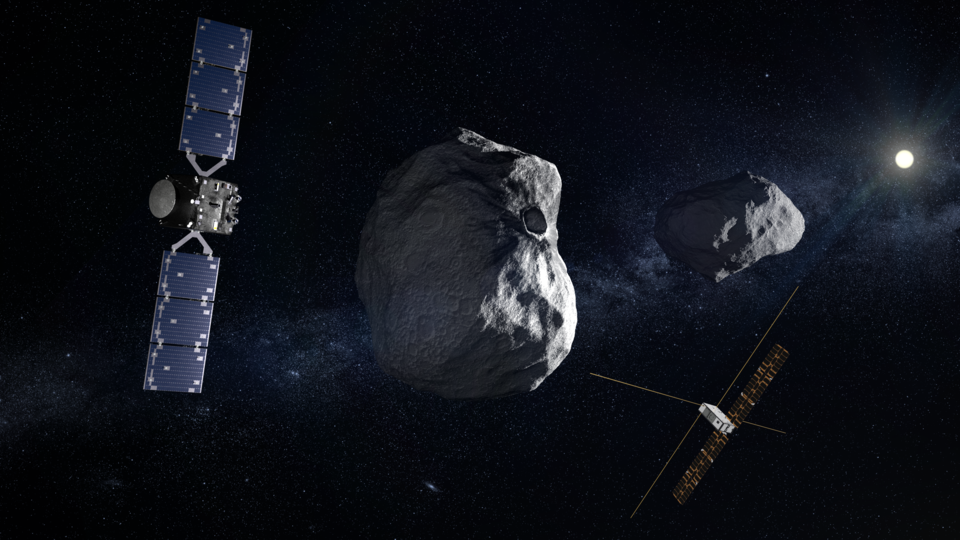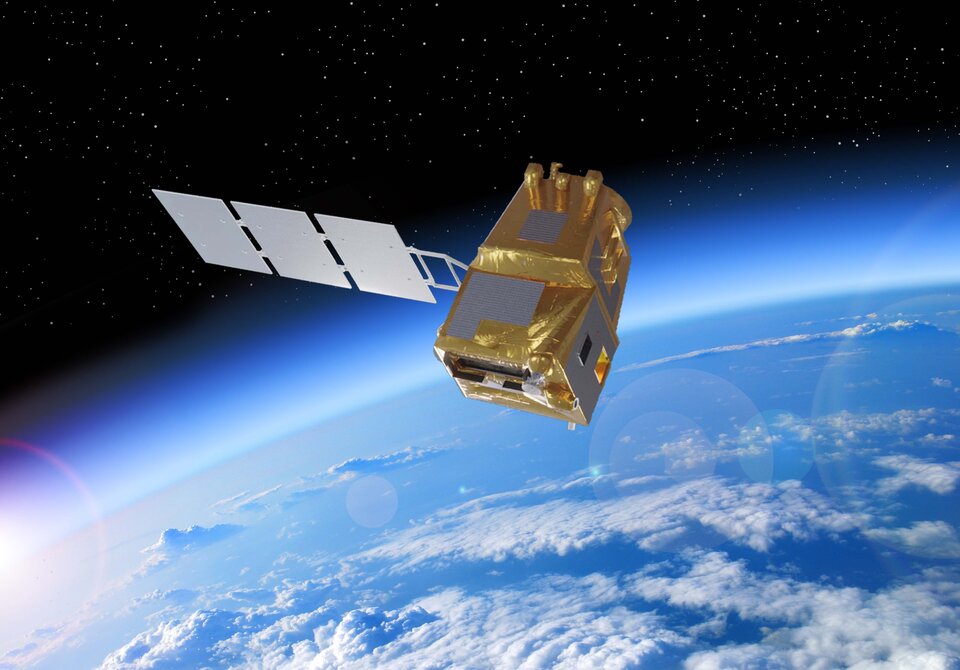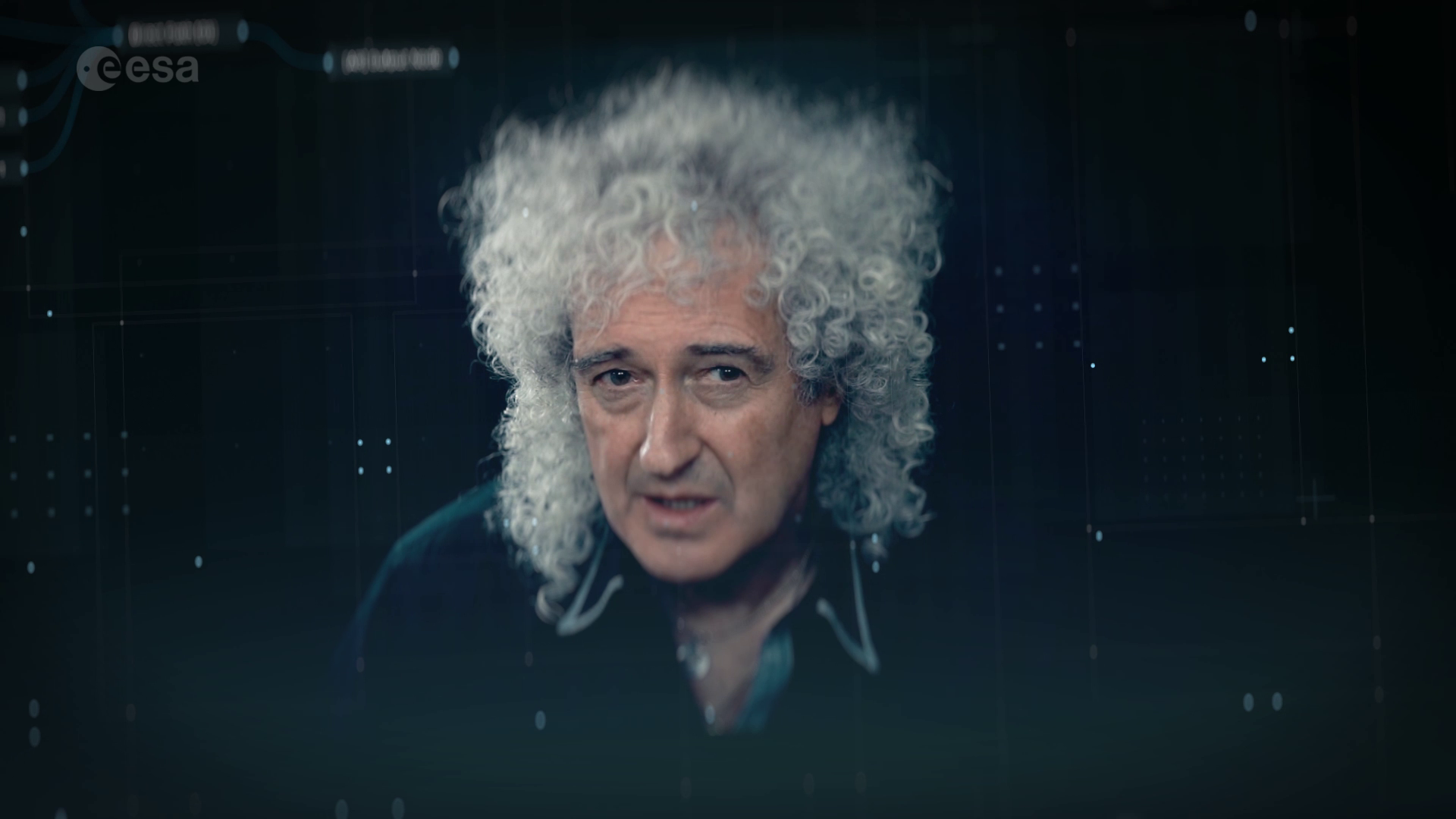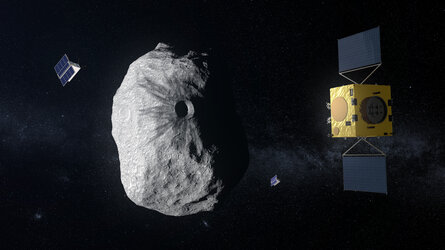Ireland helping ESA’s Hera asteroid mission find its way
The very first sensor to be used by ESA’s Hera asteroid mission for planetary defence is currently being manufactured in Ireland. A gyroscope unit manufactured by Dublin-based InnaLabs will track the spacecraft’s spin rate as it tumbles away from its Ariane 6 launcher following its 2024 liftoff, allowing it to safely orient its solar panels to the Sun and come to life.
Then, when Hera reaches the double-asteroid Didymos system, the gyro unit will give backup orientation information from the spacecraft’s main startracker system, whose optical view may be impacted by sun glare or asteroid dust.

The gyro will also ensure the spacecraft will speedily recover from any malfunction, switching into a steadily positioned ‘safe mode’ from which ground controllers can bring it back to full operation.
“This 3-axis gyro unit including electronics and shielding is only 1.5 kg in mass, but is really crucial to the mission,” explains Steeve Kowaltschek, Head of ESA’s Attitude and Orbit Control and Guidance Navigation and Control Sensors unit.

“ESA has been working with InnaLabs on its design and testing for the last three and a half years, using commercial off the shelf parts but qualified individually and collectively to space standards.”
With no up or down in space, gyros are used aboard many space missions. In function, they resemble the fast-spinning gyroscopes traditionally employed aboard submarines, aircraft, and missiles, whose spin maintains a fixed orientation, just like a child’s spinning top.

But modern solid-state gyros do without moving parts, instead relying on electrically-excited vibration of a solid cylindrical element whose pitch changes as its orientation does: rub a wineglass to make it ‘sing’ and its tone will change if you tilt it.
Chances are you own many such solid-state gyros without knowing it. They allow smartphones to detect whether they are being tilted or shaken, keep drones flying steadily and guide automobile anti-skid systems. Gyros for space follow the same principle but must be designed to endure harsh orbital conditions, including radiation exposure and temperature extremes – as well as the vibration of launch.

“There are a range of gyro units available of different size and precision, ranging from less-accurate sugar-cube-sized gyros up to highly-precise fibre optic gyros which determine movement based on shifting light frequencies,” adds Steeve. ESA is seeking to make a dual source of European procurement available for each performance grade.
“What we noticed is a gap in the market for medium-range gyros with ‘good enough’ performance. As a consequence, some missions’ attitude and orbit control subsystems were doing without gyros altogether. The introduction of a ‘NewSpace’ gyroscope, using ‘up-screened’ commercial-off-the-shelf components, could reverse this trend.

“That led us to InnaLabs, a 2012-founded company specialising in inertial sensors and stabilisation systems for high-performance applications including aircraft, tracking systems and underwater remotely operated vehicles.
“It took a few years to converge with InnaLabs on the type of product to be developed. Our first visit to InnaLabs made a dramatic impression. We were expecting to see a few offices, labs, and prototypes. However, we were pleasantly surprised to learn about their advanced in-house manufacturing and testing capability, and large team of experts. The company also had already supplied gyros to one commercial satellite constellation, so were familiar with space requirements.”

ESA partnered with the company on two projects: one to develop a space-qualified gyro for Hera and commercial customers based on standard parts, supported through the Agency’s General Support Technology Programe (GSTP link)– readying profitable products for space and commercial markets.
The second is a high-end gyro made entirely from space-qualified parts, backed by ESA’s Science Core Technology Programme (CTP), which readies critical enabling technologies for future scientific missions. Intended for manufacture in lower volume, this unit is earmarked for ESA’s PLATO space telescope for exoplanet detection and the Copernicus Land Surface Temperature Monitoring mission.
“The main area where we have been supporting InnaLabs is in the area of radiation hardening,” adds Steeve, “Space is awash in charged particles, and the units are tested for radiation exposure, to ensure they are proof against reset, disruption or false data – which could lead to mission failure in turn.”
Alberto Torasso, Vice President of Space Programmes with InnaLabs, comments: “InnaLabs has extensive knowledge with inertial sensors such as gyroscopes, accelerometers, and system developments for various market sectors. With ESA’s continuous support, we are now developing a number of products designed specifically for space applications, which is getting excellent traction globally. space has become one of the key marketss for InnaLabs, and we are extremely happy to be associated with such important missions as Hera.”


Access the video














 Germany
Germany
 Austria
Austria
 Belgium
Belgium
 Denmark
Denmark
 Spain
Spain
 Estonia
Estonia
 Finland
Finland
 France
France
 Greece
Greece
 Hungary
Hungary
 Ireland
Ireland
 Italy
Italy
 Luxembourg
Luxembourg
 Norway
Norway
 The Netherlands
The Netherlands
 Poland
Poland
 Portugal
Portugal
 Czechia
Czechia
 Romania
Romania
 United Kingdom
United Kingdom
 Slovenia
Slovenia
 Sweden
Sweden
 Switzerland
Switzerland




























